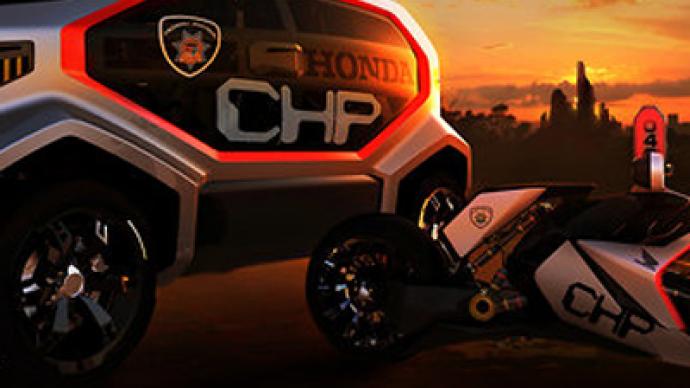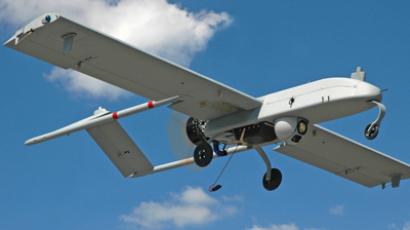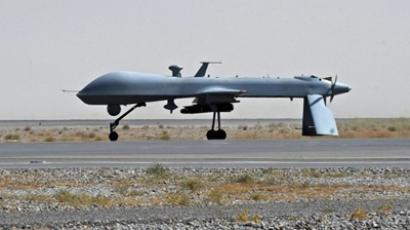Cop cars to be replaced with drones by 2025

Law enforcement agencies across the US are lining up to be among the first to use drones to serve and protect, but unmanned vehicles are likely to replace the traditional cop cruiser in just a few short years.
In places like California, Texas and Washington State, police officers in recent weeks have intensified their demands for surveillance drones, a necessary addition they say to their arsenal of tools to help thwart crime. The Federal Aviation Administration has yet to finalize plans to put drones in US airspace, but by the end of the decade as many as 30,000 UAVs are expected to be soaring through the sky.By 2025, those drones are predicted to take the place of the police patrol car as unmanned vehicles operated by cops are being considered a likely inclusion on our roads of tomorrow. Leading up to this year’s Los Angeles Auto Show, carmakers were asked to put together prototypes showing what they envision highway patrol vehicles to look like in the year 2025. The entries, from big manufacturers like BWM and Honda, are largely based on the still primitive drone technology that is used in military and surveillance missions overseas.The car show’s organizers asked designers to develop a vehicle that “should empower highway patrol officers to meet new demands and effectively both ‘protect and serve’ the public while considering not just enforcement needs but emission concerns, population growth and transportation infrastructure.”According to the New York Times, drone devices are far and away the popular choice.“By coincidence or destiny, designers at several companies came up with concepts for robotic, autonomously driven vehicles on ground, water and air. These future police cruisers — usually presented as story boards rather than actual vehicles — recall today’s Predator and Global Hawk drones, stars of the anti-insurgency efforts. They may give new meaning to those signs that read ‘Speed limit enforced by aircraft,’” writes the Times’ Phil Patton.In the prototype unveiled by BMW, a larger “ePatrol” vehicle is equipped with up to three individual drones that can be deployed to follow suspected criminals in high-speed chases across busy highways. Once one of the smaller can catch up with a targeted car, those individual drones would then be able to send an impulse to startle the driver. One of those smaller drones would be able to fly on its own, and the other two unmanned vehicles could roll on two wheels through busy roads.At Honda, designers there envision a similar concept: a large all-electric patrol car that could dispatch at the drop of a hat unmanned motorcycles to catch up with criminals and maintain coverage at high speeds for long distances.In addition to the BMW E-Patrol (Human-Drone Pursuit Vehicle) and Honda’s CHP Drone Squad, Subaru also sent into the car show designs for the SHARC, or Subaru Highway Automated Response Concept. PSFK online describes it as “an autonomous, zero-emission patrol vehicle” meant to “augment reduced highway patrol budgets by providing remote 3D video to officers who can control the vehicle via goggles and voice command.”The winner of this year’s design challenge will be announced November 29 in Los Angeles.














